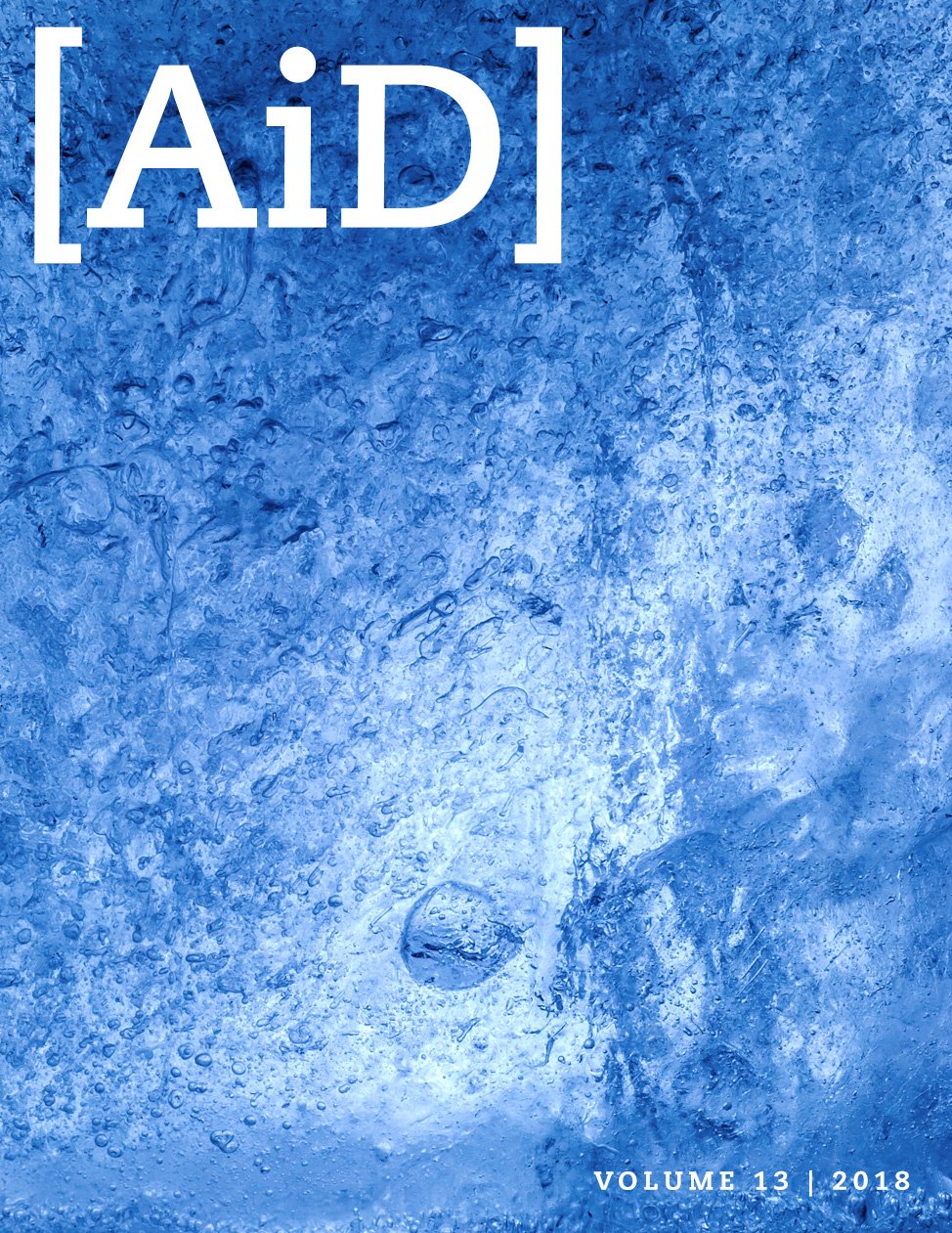
Battle of the Sexes or Designed Lizard Niches?
Abstract
Researchers found that sexual size dimorphism may be limiting speciation of South American lizards. Males and females of the same species may be filling ecological niches that usually are filled by separate species. Is this an example of evolution in action or a designed adaptive feature input into the lizard kind’s genome?
In a recent study of South American lizards of the Liolaemus genus (commonly called tree iguanas),1 native to Chile and Argentina, researchers discovered that interspecies sexual size dimorphism2 (hereafter called SSD according to the journal article) may be limiting speciation. The ecological niches, which can normally be filled by different species, may in fact be exploited by different sexes of the same species.
According to the prevailing theory, if SSD is driven by ecological opportunity alone, there should be no clear-cut trend for size dimorphism among males or females. Alternatively, if SSD is driven primarily by sexual selection, the expectation is that females would be consistently larger than males or vice versa.
Looking for Lizards in All the Right Places
The researchers collected data at locations where assemblages of lizards contained different species as well as dimorphism within a single species, in the same geographical area. They then delineated several different ecological zones (rocky ground, boulders, open ground, bushy ground, trees, and grassland) and scored on a rare-to-common point scale. The higher the amount of vegetation, the greater number of points were assigned. Climate data (precipitation and net solar energy) was also factored into a resource abundance index. Between these factors, as well as latitude and altitude, the point scale ranged from zero to six. Zero representing little to no vegetation, little measurable precipitation, and weak solar energy for plant matter conversion via photosynthesis.
The results were in line with what was predicted, that assemblages which had greater interspecies SSD had less species variation, and as the number of species which coexisted in an area increased, SSD magnitude decreased. As reported in the journal article:
Sexes and species both tend to occupy distinct portions of the body-size niche dimension when niche opportunities exist and appear to constrain each other’s divergence or colonization.3
They also found that males remained consistently larger than females across species, indicating that sexual selection was likely a key factor in SSD. But the data indicated that there was also an environmental component to SSD. In areas with greater vegetation and higher latitudes (moving away from the equator), they noted that SSD declined. Conversely, they noted that the only contributing environmental factor to species richness was annual precipitation.
Survival of the Specialized?
So the takeaway from their study is that different Liolaemus lizard species exploit different ecological niches, and that different-sized males and females of the same species do as well. There appears to be a tug-of-war between these factors, with intraspecies and interspecies SSD competing against each other and keeping each other in some kind of balance. Again the researcher’s noted:
Finally, our variance decomposition analyses confirm that Liolaemus assemblages are organized non-randomly such that body size variation is constrained to be partitioned into the “between-sexes” and “amongst species” components: increases in one component are accompanied by decreases in the other.4
So what is the creationist view of this find, and why should we even care? First of all we are told in Scripture to look at the natural world and be instructed (Proverbs 6:6, 30:24–28). Secondly, we have been given dominion of the earth by God and are stewards of it (Genesis 1:28, 9:1–2). Thirdly and most importantly, we know that even in this fallen world, the creation still reveals the glory of God the Creator (Psalm 19:1; Romans 1:20).
A Delicate and Designed Balance
So what is it about South American lizards and their ecology that proclaim the glory of God? We obviously see his care for his creatures, as each ecological niche is being exploited by either different species of Liolaemus lizard or by males or females of the same species. We see that this allows these lizards to spread out and fill all kinds of ecological zones and climatic conditions. In fact, the authors point out that Liolaemus lizards are among one of the most prolific terrestrial vertebrates. In pointing out the results of a different study, the authors concur that “sexual dimorphism is associated with diversification rate and reduces extinction.”5 While the authors conclude that this interplay of sexual dimorphism and species richness opens up new avenues to understand the evolutionary dynamics of ecology and biodiversity, are we really observing molecules-to-man evolution in the sense of new information being added to the genome here?
Are we really observing molecules-to-man evolution in the sense of new information being added to the genome here?
No. What we do observe is adaptation within a species by means of sexual selection, and also natural selection between different species of the same genus. While they are ultimately competing for resources, in God’s providence, he has allowed them to become adapted to several different ecological niches (thriving in everything from low vegetation, low rainfall, and alpine conditions, to lush rainforest floor communities, and several other in-between ecological zones). This allows them to thrive, avoid extinction, speciate, and colonize new territories. God had even preprogrammed the genetic information for sexual dimorphism into the created DNA variability which later would be expressed phenotypically as permitted or selected by the environment to allow members of the same species to not have to over-compete for the same resources. Creationists maintain that selection can work only on existing genetic information; whereas, evolutionists believe that mutation provides new information for selection to act on.
So That They May Abound on the Earth
At the end of the Flood, as God commanded Noah to leave the Ark, not only did he want Noah and his family to thrive, but he also specifically stated that he wanted the land animals on the Ark to come out and abound and multiply on the earth.
Go out of the ark, you and your wife, and your sons and your sons’ wives with you. Bring out with you every living thing of all flesh that is with you: birds and cattle and every creeping thing that creeps on the earth, so that they may abound on the earth, and be fruitful and multiply on the earth. (Genesis 8:16–17)
In a post-Flood world now dominated by the Curse, carnivory, and climate change (yes, the Ice Age was just on the horizon, and this time period was to be one of continuing catastrophes), God had already built adaptability into the genetics of every animal. The Ark kinds would speciate and become much more specialized in their habitats, diet, and ecological tolerances. Some would not be able to adapt and would eventually go extinct, but many would abound and fill the earth, just as God commanded. While the authors of this paper looked to the god of chance (evolution) to account for the diversity, SSD, and success of these lizards spreading out into different niches, we look to the true God of the Bible, the Author of life (Acts 17:25), who even in a sin-cursed, fallen world provides sustenance for his creatures (Psalm 104:21–28).
What we really see in this study is adaptation resulting from competition with another species (or within the same species) for limited food resources. We do not see new genetic information being added, and indeed there is a narrowing of niche survivability. Think of it this way: if the lizards which thrive best in the lush-vegetation, high-rainfall areas were to suddenly find themselves in dry, rocky areas with little vegetative cover, they would be at a severe survival disadvantage and would likely dramatically decline in population, if not go extinct. But if the Ark lizard kinds were initially designed with a much more varied genome, they would have the ability to adapt to environmental changes and would spread out and colonize specific environmental niches. Already having genes for features such as larger body and snout sizes and drought tolerance enabled these lizards to go through selection pressures and adapt. In doing so they would become more specialized, but at the cost of genetic variety.
Footnotes
- Daniel Pincheira-Donoso, Tom Tregenza, Roger K. Butlin, and David J. Hodgson, “Sexes and Species as Rival Units of Niche Saturation during Community Assembly,” Global Ecology and Biogeography (2018): 6, doi:/10.1111/geb.12722.
- Defined as the difference in the mean body size between adult males and females, this is the most prominent manifestation of sexual dimorphism in the animal kingdom. In this particular study, the degree of SSD was calculated with the following formula: snout vent length male/SVL female.
- Pincheira-Donoso et al., “Sexes and Species as Rival Units of Niche Saturation during Community Assembly.”
- Ibid., 7.
- Ibid., 9.
Recommended Resources

Answers in Genesis is an apologetics ministry, dedicated to helping Christians defend their faith and proclaim the good news of Jesus Christ.
- Customer Service 800.778.3390
- © 2024 Answers in Genesis



